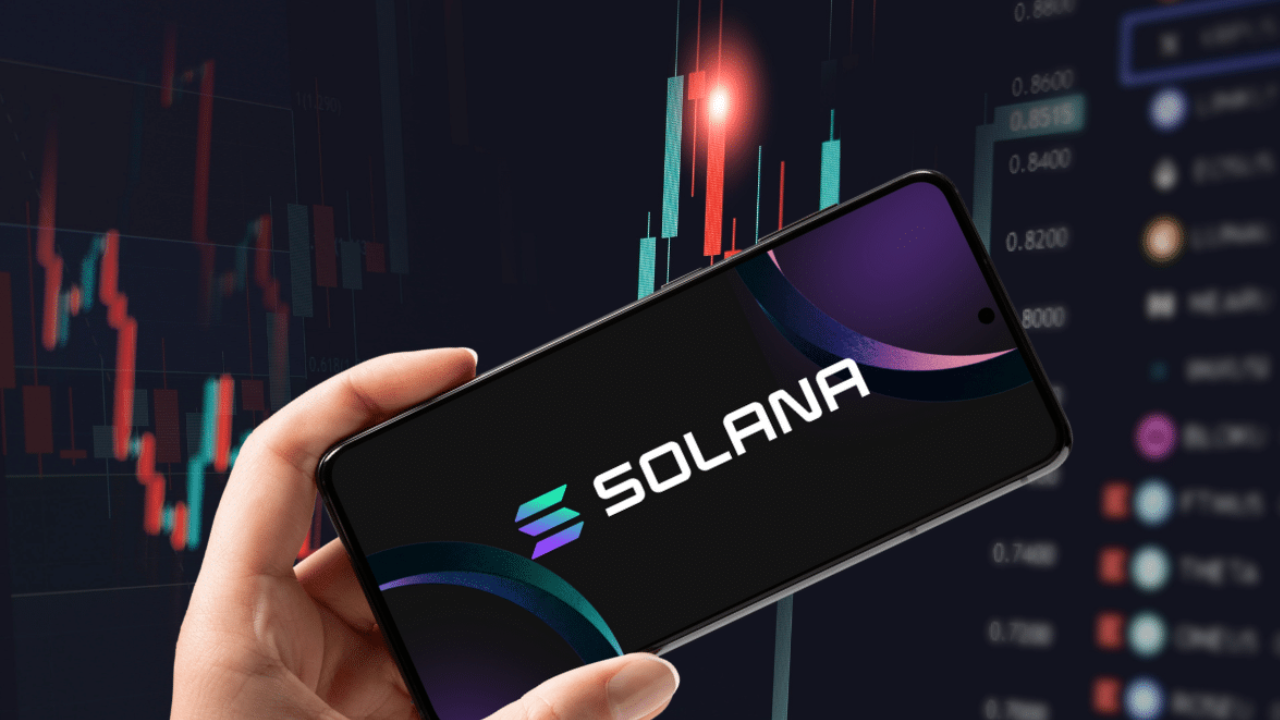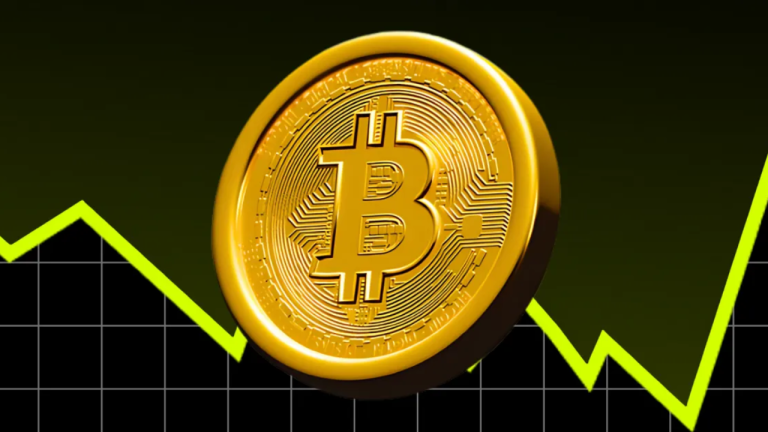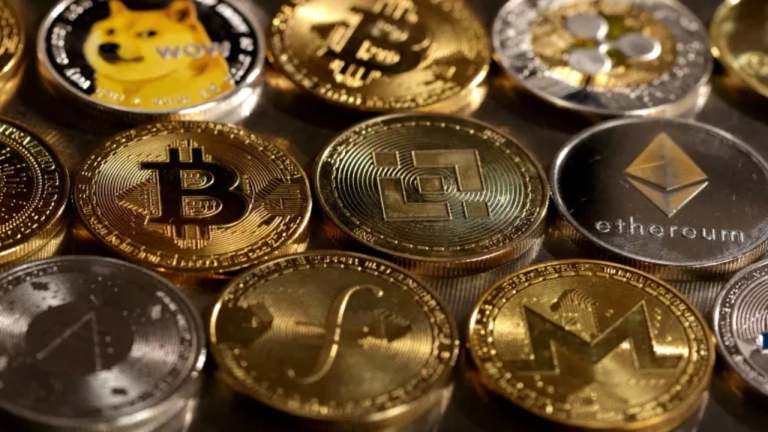Why Everyone’s Talking About Solana Again in 2025
The crypto world has a habit of rotating its spotlight. One moment, the focus is on Bitcoin’s price movement, the next it’s Ethereum’s upgrades or a newly launched meme coin. But in 2025, one name is making consistent headlines again—Solana. Once hailed as an “Ethereum killer” and then dismissed by some after network issues and a prolonged bear market, Solana is back in the spotlight, and this time it’s for all the right reasons.
So why is everyone talking about Solana again in 2025? From technological upgrades and ecosystem growth to mainstream adoption and investment interest, this article breaks down the resurgence of one of the most talked-about blockchain platforms of the decade.
A Quick Recap: What Is Solana?
Solana is a high-performance blockchain designed to support scalable, decentralized applications and crypto projects. Launched in 2020, Solana became popular for its incredibly fast transaction speeds and low fees—processing thousands of transactions per second compared to Ethereum’s much slower pace at the time.
The network achieved this through a unique consensus mechanism called Proof of History (PoH), combined with Proof of Stake (PoS). It allowed the blockchain to timestamp transactions before they were confirmed, speeding up the process while keeping costs low.
By 2021 and 2022, Solana had become a favorite platform for DeFi, NFTs, and gaming projects. But it wasn’t all smooth sailing.
The Rough Patch: What Went Wrong?
Solana’s rapid rise also exposed its growing pains. Between 2022 and early 2023, the network faced repeated outages. These downtimes—caused by network congestion, validator miscoordination, and spam attacks—shook user confidence. Critics argued that a blockchain meant to handle thousands of transactions per second shouldn’t go offline under pressure.
Additionally, Solana’s exposure to the FTX collapse in late 2022 hurt its reputation. Several Solana-based projects had direct ties to FTX, and the fallout led to major liquidity issues and price drops for the SOL token.
By early 2023, many believed Solana had peaked and would quietly fade into the background of blockchain history. But fast-forward to 2025, and the narrative has shifted once again.
What’s Changed in 2025?
Solana’s comeback hasn’t been sudden—it’s been strategic and steady. Here’s why the crypto community is paying attention again.
1. Major Network Stability Improvements
Perhaps the most important change is that Solana now works—and works reliably.
After years of research and engineering, Solana’s core team rolled out significant upgrades aimed at stabilizing the network. These included improvements to validator coordination, spam protection, and memory management.
The 2024 launch of Firedancer, an independent validator client developed by Jump Crypto, further boosted confidence. Designed from scratch, Firedancer greatly increases Solana’s throughput and reduces the likelihood of bottlenecks and crashes.
In 2025, the Solana network has remained consistently online, with 99.99 percent uptime. That alone is a massive shift from its troubled past.
2. Explosion in Developer Activity
According to recent data, developer activity on Solana has surpassed pre-2022 levels. The platform now boasts thousands of active developers building everything from DeFi apps and NFT platforms to games and real-world asset tokenization tools.
A few reasons for this surge include:
- Low fees, making it attractive for small projects and startups
- Powerful developer tools, including better SDKs and cross-chain compatibility
- Strong community support, including hackathons, grants, and mentorship programs
Solana’s programming language, Rust, has matured significantly, and more developers are finding it easier to use than before.
3. Mainstream Brand Integrations
Solana’s comeback has also been helped by its entrance into mainstream applications. In 2025, several major consumer-facing apps and brands have launched features or products using Solana’s infrastructure.
Some recent examples include:
- Mobile payment integration via Solana Pay in point-of-sale terminals across Asia and Latin America
- Loyalty and rewards systems for retail brands using Solana-based NFTs
- Games and collectibles powered by Solana’s fast, cheap transaction engine
Even more interesting is the growing use of Solana’s compression technology—which allows NFT creators to mint millions of NFTs at a fraction of the cost seen on Ethereum or Polygon. This has unlocked a new wave of large-scale projects, particularly in the gaming and entertainment industries.
4. Solana Mobile Is Gaining Ground
Another bold move that’s working in Solana’s favor is its push into mobile. The Solana Saga smartphone, first launched in 2023, was met with skepticism. But in 2024 and 2025, the Solana Mobile division has quietly gained ground.
With native Web3 integration, hardware wallet capabilities, and Solana dApps pre-installed, Solana Mobile offers a seamless experience for crypto users. The newer, cheaper Saga 2 has seen better adoption, especially among emerging markets where mobile-first usage is dominant.
The idea of a blockchain-focused smartphone might have sounded strange a few years ago, but in 2025, it’s looking increasingly like a smart long-term bet.
5. SOL Token Performance and Institutional Interest
After falling below $10 in the aftermath of the FTX crash, Solana’s native token (SOL) has made a major comeback. As of mid-2025, SOL is trading above $150, making it one of the best-performing large-cap cryptocurrencies of the year.
This price recovery isn’t just speculation—it’s backed by:
- Increased transaction volume across the ecosystem
- Rise in total value locked (TVL) in DeFi apps
- Growing retail and institutional demand
Several institutional players, including crypto funds and traditional finance firms, have started including SOL in their portfolios. The launch of Solana ETFs in select markets has also made it easier for investors to gain exposure without holding the token directly.
6. The Solana Ecosystem Is Maturing
Finally, what makes Solana stand out in 2025 is the sheer diversity of its ecosystem. It’s no longer just about NFTs or DeFi—though both are thriving—but also real-world applications.
Popular verticals now include:
- Decentralized social networks
- Tokenized real estate and assets
- Identity and credential systems
- Decentralized physical infrastructure (DePIN) projects like Helium
Solana is no longer trying to be everything at once—it’s focusing on doing a few things very well, and it’s paying off.
Challenges Still Ahead
While Solana’s comeback is impressive, the road isn’t without challenges:
- Centralization concerns remain, especially with validator distribution
- Competition from Layer-2 solutions on Ethereum and new Layer-1s continues to heat up
- Regulatory pressures around NFTs and DeFi could affect growth in certain regions
Still, in 2025, Solana appears to have found a more sustainable path forward—backed by working tech, a committed developer base, and tangible real-world usage.
Final Thoughts
Solana’s journey is a reminder that in crypto, resilience matters. Written off by many after a series of setbacks, Solana has come back not by hype or marketing, but by building real solutions and delivering on its promises.
From stable network performance and a thriving ecosystem to mobile innovation and mainstream integration, Solana has earned its second wind in 2025. Whether it can maintain this momentum over the long term remains to be seen—but for now, it’s clear why everyone is talking about Solana again.





